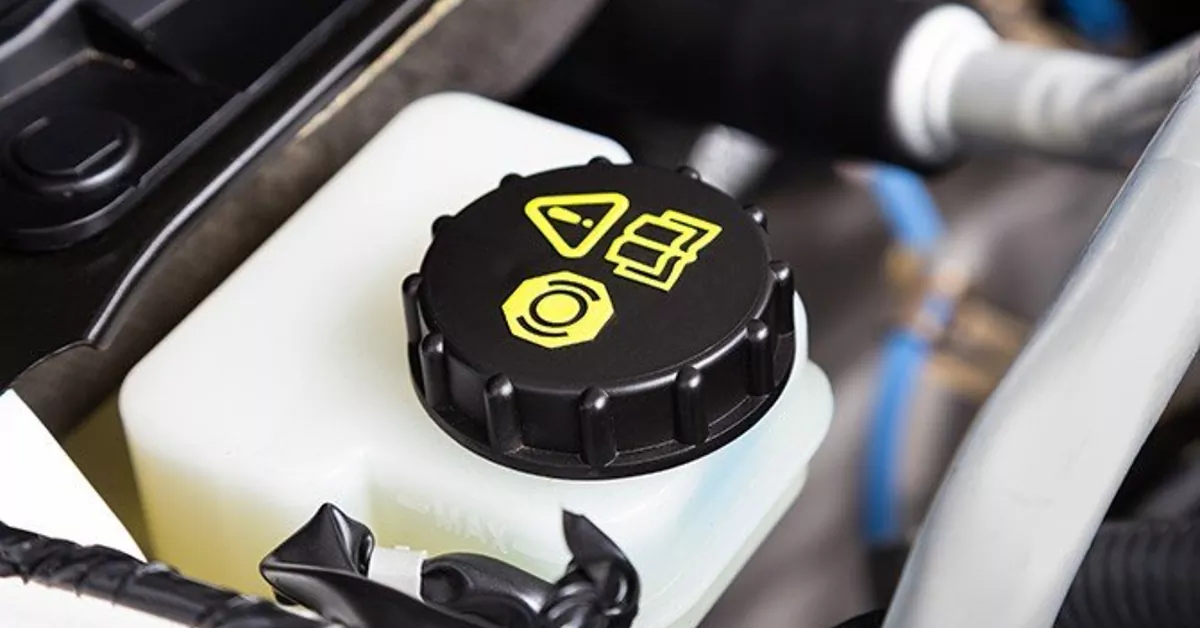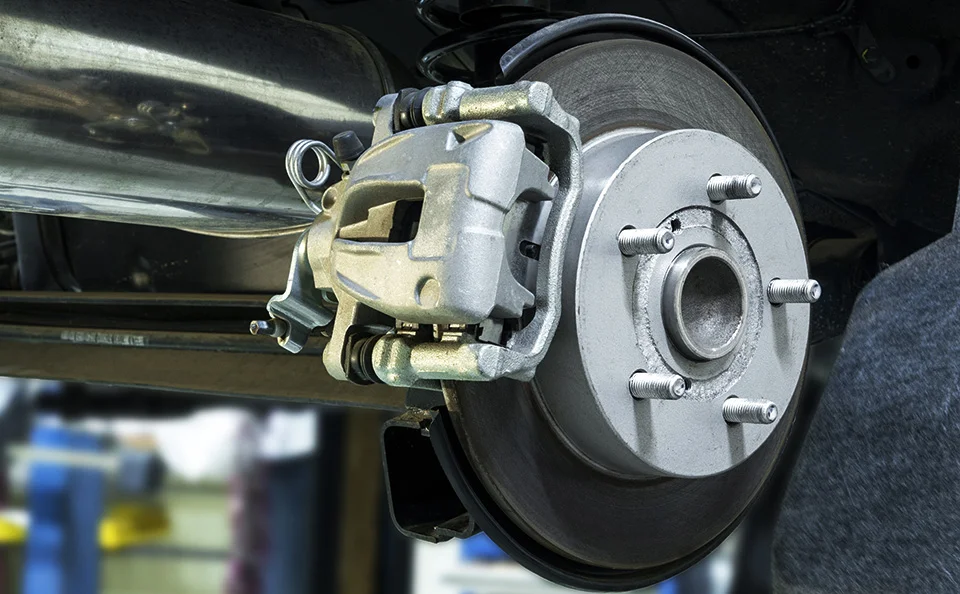While often overlooked in routine car maintenance, brake fluid is arguably one of the most vital fluids in your vehicle. It is the lifeblood of your braking system, responsible for transmitting the force from your foot to the wheels. Understanding the importance of quality brake fluid and its proper maintenance is crucial for ensuring your vehicle’s braking system functions reliably and, most importantly, safely.
What Is Brake Fluid and How Does It Work?
Simply put, brake fluid is a hydraulic fluid. In a hydraulic system, liquid is used to transfer force because, unlike a gas, it is non-compressible. Therefore, when you press your brake pedal, the fluid travels through the brake lines, forcing the calipers or wheel cylinders to engage. The result is a precise and immediate braking action.
Crucially, brake fluid must perform this function under extreme conditions, with temperatures soaring as high as 250°C during heavy braking.
Why Quality and Condition Matter So Much
The quality and condition of your brake fluid are directly linked to your safety. Here’s why:
1. It’s Hygroscopic (It Absorbs Water)
First and foremost, brake fluid is hygroscopic, meaning it naturally absorbs moisture from the air over time. This happens through the brake lines and even the master cylinder reservoir. Consequently, as moisture accumulates, it has a significant impact:
- Lowered Boiling Point: Water boils at 100°C. As water mixes with brake fluid, it drastically lowers the fluid’s boiling point. When the fluid boils, it creates vapor bubbles. Since vapor is a gas, it is compressible. Therefore, pressing the brake pedal will only compress these bubbles instead of transmitting pressure, leading to a dangerous loss of braking power known as “brake fade.”
- Corrosion: Water inside the braking system can cause internal corrosion of expensive components like calipers, master cylinders, and brake lines. Ultimately, this can lead to costly repairs or a catastrophic failure.
2. It’s Crucial for Lubrication
In addition to its hydraulic function, brake fluid also lubricates the moving parts of the braking system, such as the caliper pistons and the seals within the master cylinder. However, as the fluid degrades, its lubricating properties diminish, leading to premature wear and potential leaks.
3. It Prevents Rust and Corrosion
Quality brake fluid contains additives that protect the internal metal components of your braking system from rust and corrosion. Conversely, old, contaminated fluid loses these protective properties, leaving the system vulnerable.
Signs It’s Time for a Brake Fluid Flush
Unlike oil, brake fluid doesn’t have a clear service interval based on mileage alone, as its degradation is more tied to age and exposure to moisture. However, most manufacturers recommend a brake fluid flush every 2-3 years.
Here are some signs you need to consider a flush:
- Dark or Dirty Fluid: Fresh brake fluid is typically clear or light amber. If your fluid looks dark brown or black, it’s a clear sign of degradation and contamination.
- Spongy Brake Pedal: As mentioned earlier, a spongy pedal is often a sign of air or vapor bubbles in the fluid, indicating a very low boiling point.
- Brake Fade: If you feel your brakes becoming less effective during heavy or prolonged use, it’s a major warning sign of brake fade due to overheated fluid.
Conclusion: Don’t Skimp on Quality
In conclusion, brake fluid is more than just a liquid in a container; it’s a critical safety component. By investing in quality brake fluid and ensuring it’s flushed and replaced at the manufacturer’s recommended intervals, you protect your braking system from damage and, most importantly, guarantee its reliable performance when you need it most. Never take your brakes for granted—they are your vehicle’s first line of defense.





